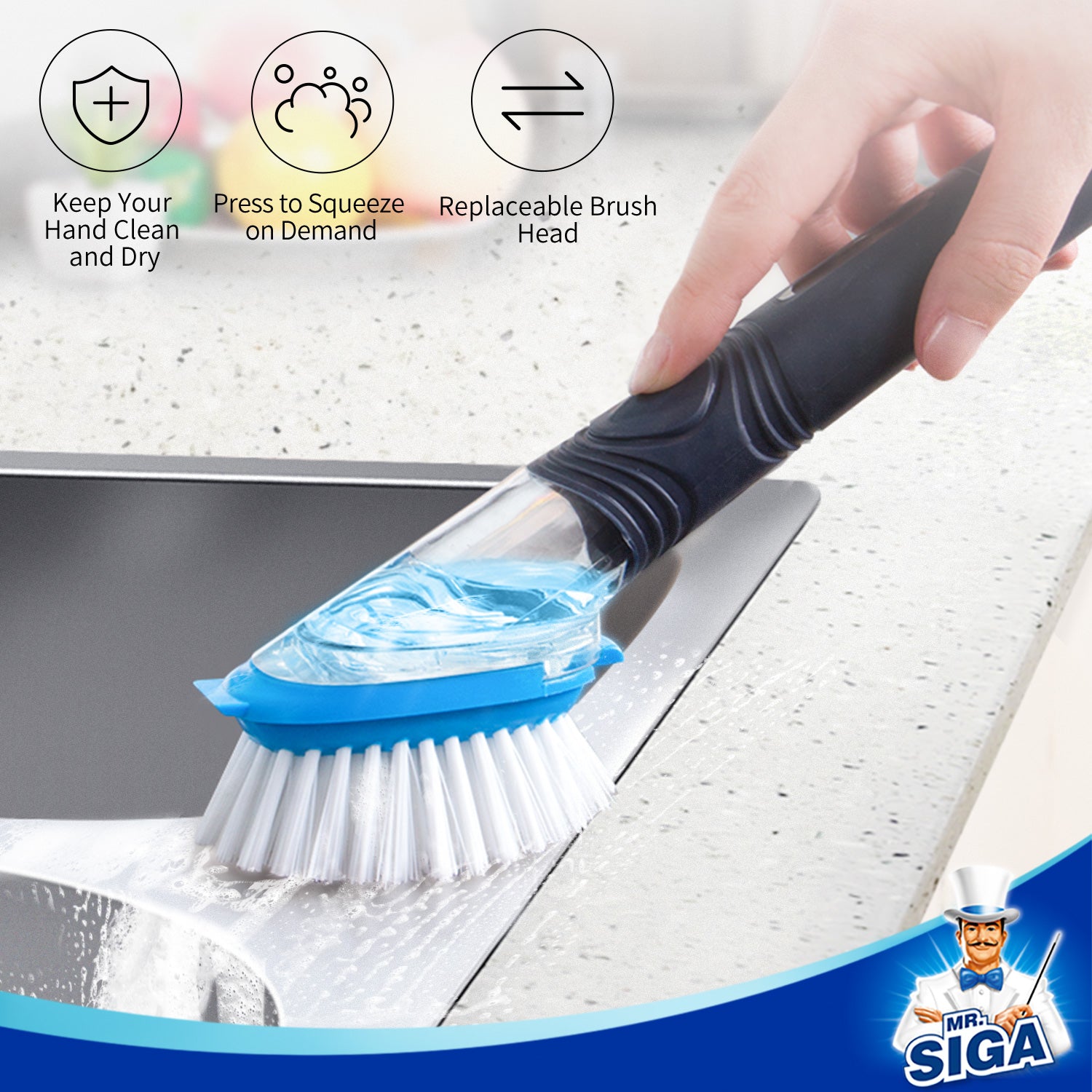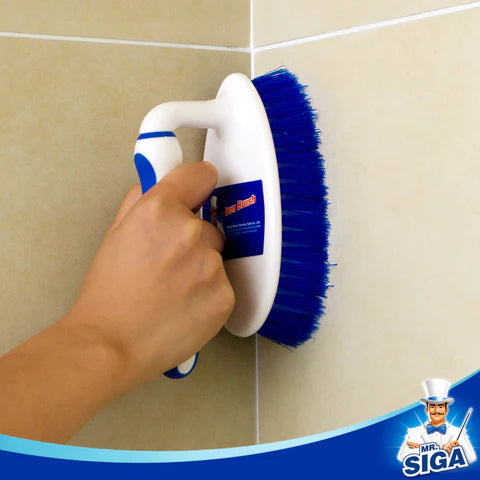
5 Kitchen Cleaning Tips
5 Kitchen Cleaning Tips
1.How to Clean Your Microwave Oven?
Microwave ovens are simple in construction and therefore much easier to clean. Just pour white vinegar into a coffee mug and heat it in the microwave for three minutes. After heating, pour out the white vinegar (be careful of scalding!) and brush the inside of the microwave with a damp cloth.

2.How to Disinfect Cleaning Sponges?
You may be surprised that the sponge used for cleaning needs to be disinfected? However, according to the National Sanitation Foundation, cleaning sponges may have the most bacteria in the home, with 150 times more bacteria than toothbrush holders. To avoid cross infection, it is necessary to disinfect the sponge regularly. After cleaning the sponge with detergent, heat it in the microwave for 1 to 2 minutes, which will not only remove odors, but also disinfect. If conditions permit, it is best to disinfect once every two days.
3.How to Clean Your Blender in 30 Seconds?
After using the blender, pour in lukewarm or hot water, then add a few drops of dish soap. Put the lid on, run it for about 10 seconds, and there will be countless bubbles inside! After that, pour out the foamy water and wash it off.
4.How to Clean Wooden Cutting Boards?
Dishwashing liquid and water will not clean the cutting board. The correct way is to disinfect with hydrogen peroxide or vinegar, then sprinkle some kosher salt on the surface of the cutting board, and then wipe with half a lemon. These treatments can effectively remove stains and odors from cutting boards. Finally, dry the cutting board and let it dry naturally.
5.How to Deep Clean a Coffee Machine
Pour a 1:1 ratio of white vinegar and water into the water tank of the coffee maker and start brewing. You don't need to actually brew coffee, just turn off the machine halfway through the brew, let it sit for 30 minutes to an hour, and then rinse it off with clean water. Wash other parts with detergent so you not only taste purer coffee, but also reduce the risk of bacterial growth.



1 comment
Muchas gracias. ?Como puedo iniciar sesion?
oiwjbhpxsx
Leave a comment
This site is protected by hCaptcha and the hCaptcha Privacy Policy and Terms of Service apply.